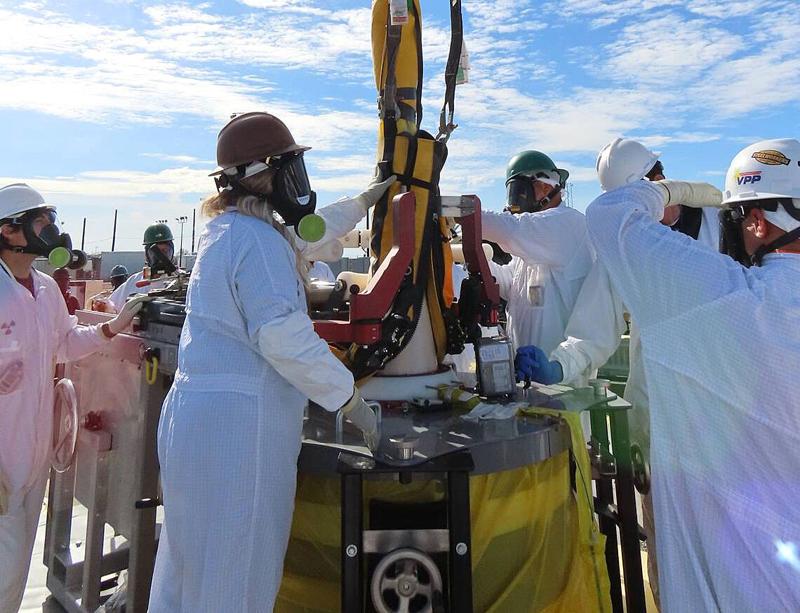(The Center Square) – Several state and federal agencies have reached an agreement modifying their approach to cleaning up the radioactive and chemical waste buried beneath Washington’s Hanford Site, a decommissioned nuclear production complex.
The Tri-Party Agreement reached Monday between the U.S. Department of Energy, Washington State Department of Ecology and the U.S. Environmental Protection Agency followed years of negotiations that began in 2020, according to the Department of Ecology’s website.
“This agreement on how to safely dispose of the 56 million gallons of tank waste at the Hanford site moves us in the right direction,” said U.S. Sen. Maria Cantwell, D-Wash., senior member of the Senate Committee on Energy and Natural Resources, in a Tuesday news release. “As the tank waste mission moves forward, I will continue to make sure the safety of the Hanford workforce and Tri-Cities community is the top priority.”
Under the agreement, Hanford will maintain the existing timelines for starting treatment of low-activity waste in 2025 and high-activity waste in 2033. However, the agencies threw out the goal to remove all 177 buried storage tanks by 2040.
Instead, the regulators will retrieve only 22 storage tanks by 2040, using a grouting method that hardens the waste before disposing it off-site.
Last September, the U.S. Government Accountability Office released a report acknowledging it would take decades and around $300 billion to $640 billion to clean up the Hanford Site entirely. However, the GAO noted that the total could be cheaper if “alternative approaches” were utilized.
While 22 tanks is a step backward from what the agencies originally intended to achieve, the revised approach sets a more realistic goal, according to the Department of Ecology’s announcement.
However, the TPA did stay true to other promises by ensuring that the new “vitrification” facility will begin treating low-activity waste in 2025 after more than 20 years of construction. Vitrification essentially turns waste into glass for permanent disposal.
Additionally, the cleanup site will use a new “direct-feed” method to separate high-activity portions of radioactive and chemical waste; then, the remaining low-activity waste will be immobilized in glass for disposal using vitrification, according to the Department of Energy.
Upon the revised 2040 deadline, the TPA agencies plan to complete the construction of an additional 1 million gallons of multipurpose waste storage. Plans also include building a vault storage system and effluent, or liquid, waste management facility to treat high-level waste.
“We’ve negotiated a durable framework that aligns our agencies and accelerates work while maintaining a robust and safe cleanup. The communities we all serve deserve no less,” Ecology Director Laura Watson said. “This agreement will get more tank waste retrieved, treated, and disposed of on schedule and gives us a roadmap for Hanford cleanup through 2040 and beyond.”
Starting May 30, a 60-day public comment period will ensue, during which the three agencies will hold informational meetings across Washington and Oregon. Once complete, the agencies will issue a response before a federal district court will accept any changes.







